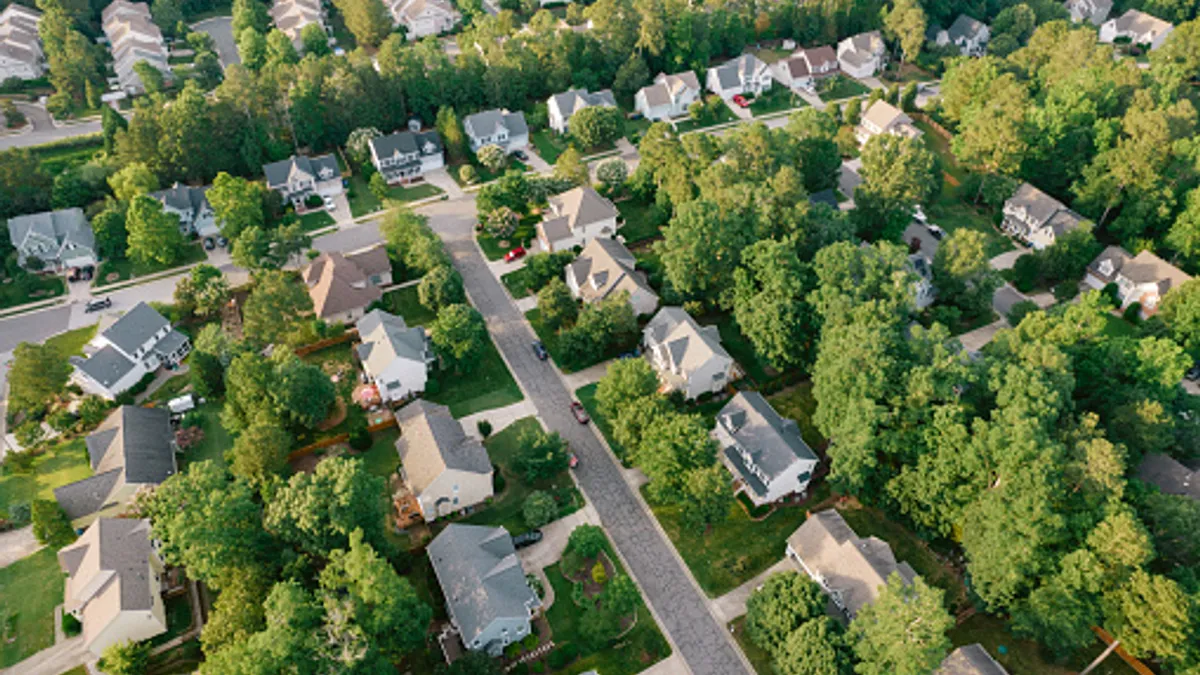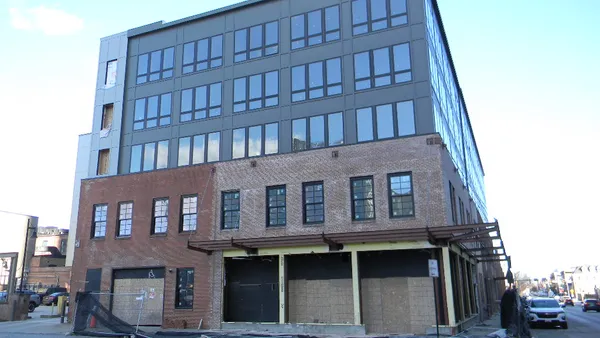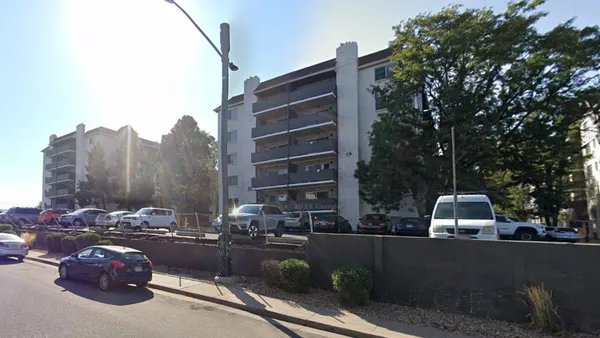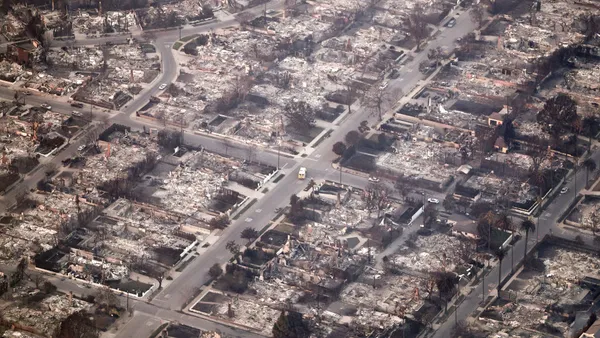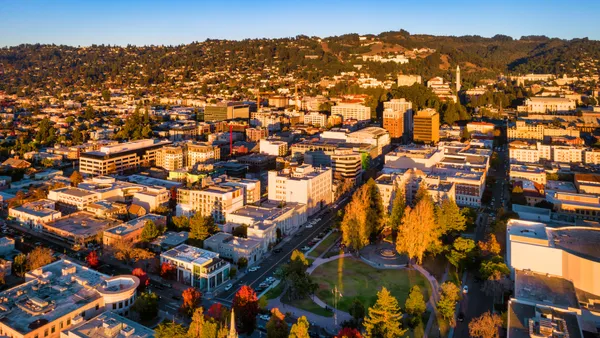Dive Brief:
- Owning a single-family home costs at least 35% more than renting an apartment in high-growth cities, even amid recent price corrections, Newmark’s Third Quarter 2022 United States Mulitfamily Capital Markets Report found.
- A housing shortfall of 400,000 units in 2021, based on data comparing single-family and multifamily completions to established new households, and a continued lack of affordable homes for sale will cause many Americans to continue renting for the foreseeable future, the report predicts.
- “Very few renters are going to become owners,” said David Bitner, executive managing director of global research for Newmark, a New York City-based commercial real estate advisory and services firm. “There’s just a huge barrier to entry for homeowners, and of course, it varies by market. In the Bay Area, it’s almost insurmountable.”
Dive Insight:
The price gap between rentals and homeownership will be most apparent in high-growth cities such as Denver, Phoenix, Nashville, Las Vegas, Atlanta and Tampa and areas with concentrated tech employment, including the West Coast, according to the report.

Rents — which are already moderating — aren’t likely to continue growing at the frantic pace they’ve kept over the past year, the report said, but the national rental market stands to benefit as the cost of single-family homes continues to be out of reach for many Americans.
“The markets with the highest rent increases, whether it’s a Phoenix or a Sacramento, have actually also had disproportionately larger increases in house prices,” Bitner told Multifamily Dive. “But in virtually every market in the country, it’s become relatively more expensive to own than to rent — and that was just on a price movement basis. Then you had mortgage rates more than double.”
While he predicted the next few years would see “very muted home price growth as the market seeks balance,” Bitner pointed out that housing prices rose as much as 40% in some markets over the past year, while the 30-year fixed-rate mortgage increased 122.6% year-over-year as the Federal Reserve tries to combat inflation.
“Then consider that somewhere around 90% of homeowners refinanced within the last couple of years, and almost everybody has longer-term debt,” he added. “There’s going to be only a very small number of people who have to sell and a large number of people who can no longer buy.”
Multifamily housing remains attractive
Bitner sees a 60% to 90% chance the United States will enter a recession over the next 12 months. This potential retraction in the economy, as well as recently announced layoffs, will further sideline would-be buyers, according to the Newmark report.
“While a worsening economy will impact the rental market as well, fewer home buyers means more renters,” the report states.
Nationally, vacancy rates are at historic lows of 3.1% on a trailing 12-month basis, but quarter-over-quarter vacancies have risen 90 basis points as demand has dropped slightly, according to the report.
“Vacancy is expected to increase in the coming quarters, as demand remains muted and deliveries increase,” the report states, and lower demand has downshifted 2023 rental growth projections from 9.5% to 4.4%.
But even as record-low vacancy rates inch up “to more normal vacancy” and rent grows at an average or slightly below-average rate, Bitner said, he remains optimistic about the apartment sector.
“A contracting economy tends to be negative for all kinds of demand fundamentals, whether it’s for single-family housing, multifamily housing, industrial or office — it doesn’t matter,” he said. “But even in a recession, I would expect multifamily cash flows to continue to grow. Relative to other property types, multifamily will look very attractive.”


